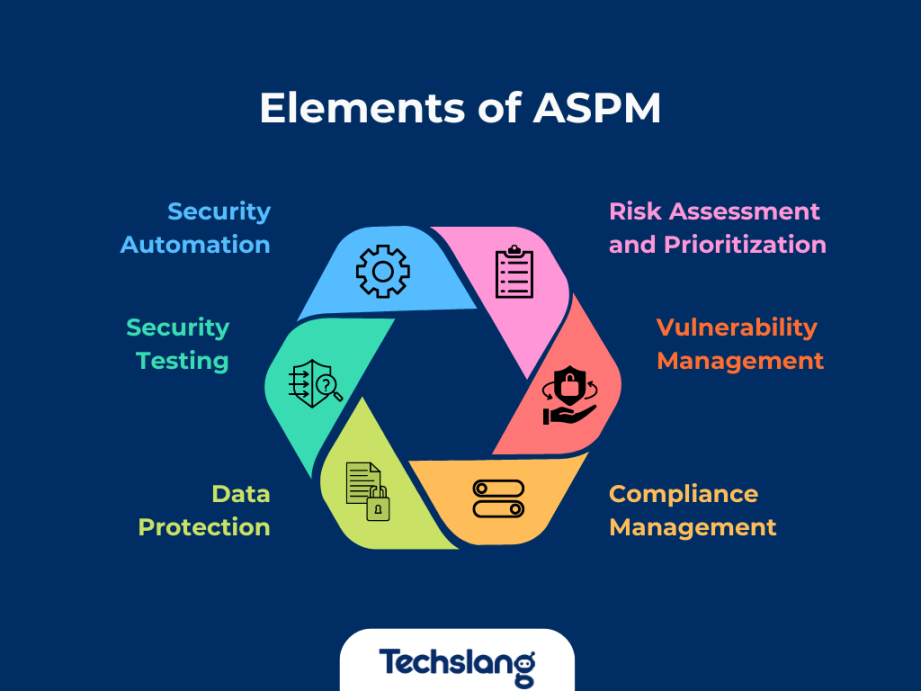Application Security Posture Management
What does it mean?
Application Security Posture Management refers to the process of ensuring that an organization’s applications are secure and in compliance with security policies. It involves identifying, assessing, and managing the security posture of applications to protect them from potential threats and vulnerabilities.
How?

We achieve this by implementing various security measures such as risk assessment, vulnerability scanning, penetration testing, code review, and security monitoring. These measures help us identify weaknesses in the application and take appropriate actions to mitigate potential risks.
What is known?
Application Security Posture Management is known for its proactive approach to security, helping organizations prevent security breaches and protect sensitive data. It also helps in compliance with industry regulations and standards such as PCI DSS, HIPAA, and GDPR.
Solution
By implementing Application Security Posture Management, organizations can improve their overall security posture, reduce the risk of security incidents, and enhance their reputation with customers and partners. It also helps in reducing the cost of security incidents and regulatory fines.
Information
Application Security Posture Management involves continuous monitoring and assessment of applications, identifying security gaps, and implementing corrective actions to strengthen the security posture. It also includes regular security training for developers and personnel responsible for managing applications.
Description
Application Security Posture Management is essential for organizations that rely on applications to conduct their business. It helps in identifying security vulnerabilities in applications and taking proactive steps to mitigate potential risks. By implementing a comprehensive security posture management program, organizations can protect their applications from cyber threats and ensure the confidentiality, integrity, and availability of their data.
Conclusion
In conclusion, Application Security Posture Management is crucial for organizations looking to secure their applications and protect sensitive data. By implementing a proactive security posture management program, organizations can enhance their overall security posture, comply with industry regulations, and reduce the risk of security incidents.
FAQs
1. What are the key benefits of Application Security Posture Management?
Application Security Posture Management helps organizations improve their overall security posture, reduce the risk of security incidents, and comply with industry regulations.
2. How does Application Security Posture Management differ from traditional security measures?
Application Security Posture Management takes a proactive approach to security, focusing on identifying and mitigating security risks in applications before they can be exploited by attackers.
3. What are the key components of an Application Security Posture Management program?
An effective Application Security Posture Management program includes risk assessment, vulnerability scanning, penetration testing, code review, and security monitoring.
4. How can organizations get started with Application Security Posture Management?
Organizations can start by conducting a security assessment of their applications, identifying security gaps, and implementing security measures to address vulnerabilities.
5. What are some best practices for maintaining a strong application security posture?
Some best practices include regular security training for developers and personnel, implementing secure coding practices, and staying up-to-date on the latest security threats and trends in the industry.



